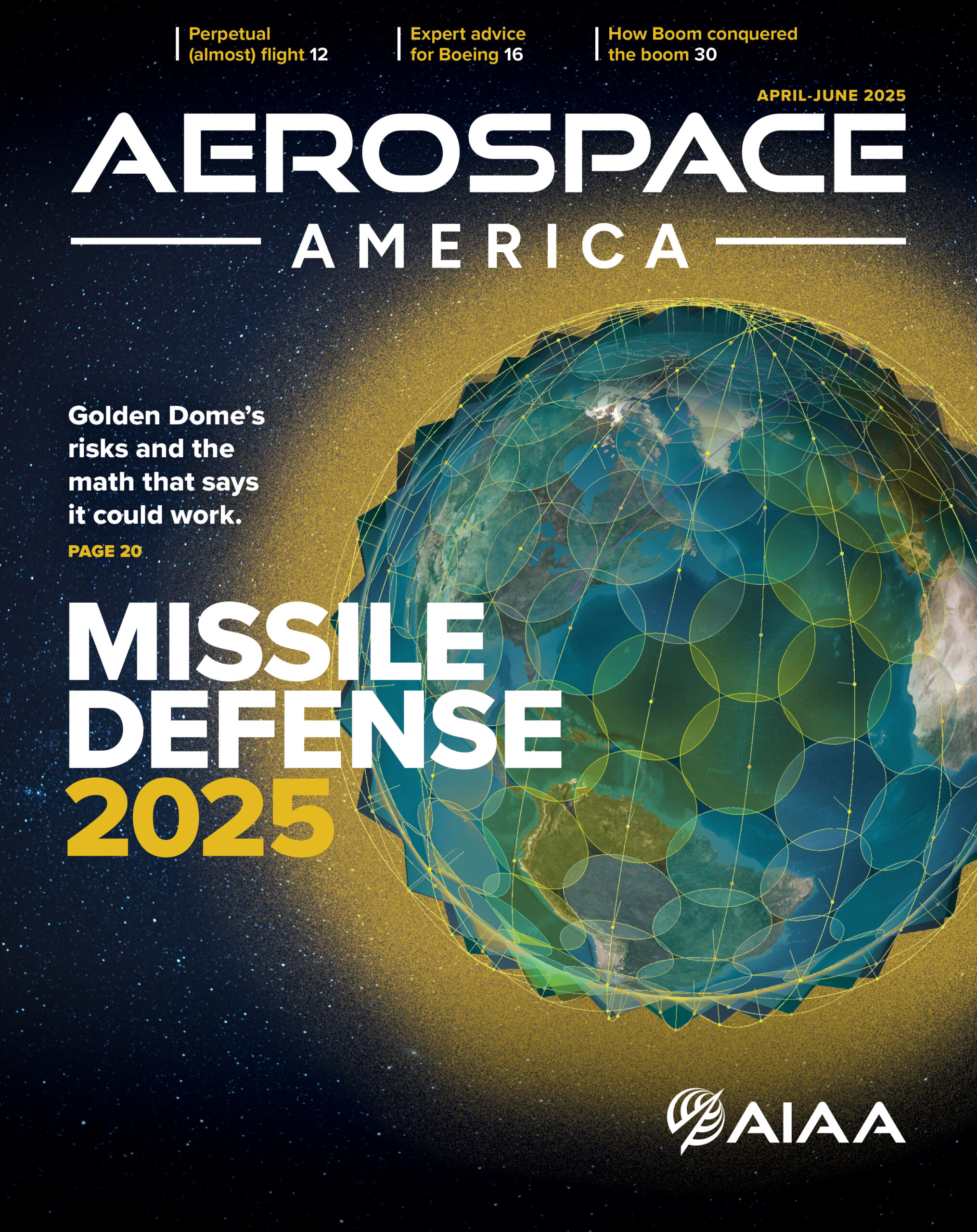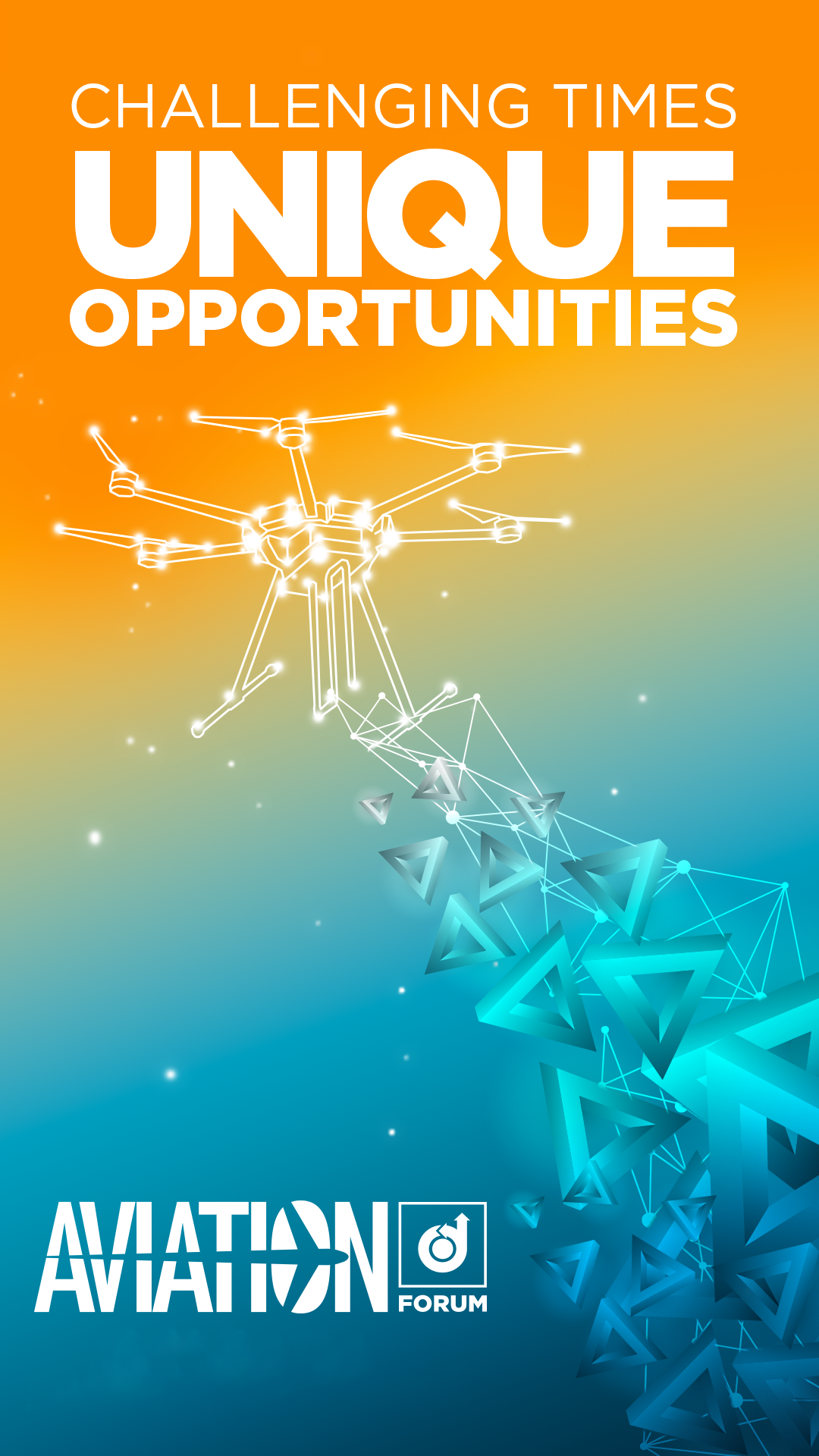Stay Up to Date
Submit your email address to receive the latest industry and Aerospace America news.
Since the earliest days of atmospheric flight, aviation has connected the world and increased global productivity, economic opportunity, and quality of life. Maintaining these benefits requires that industry, government, and academia collaborate in ensuring safe skies, enabling a sustainable industry to preserve our environment, and developing a smart workforce supported by smarter machines.
During the 19th century, when most rational humans regarded the notion of a winged flying machine as the epitome of the impossible, visionaries took a much more positive view [1]. This outlook pushed us during the 20th century to fly higher, farther, faster, and more comfortably. As we move through the 21st century, today’s visionaries will propel us forward by flying lower, closer, cleaner, and smarter. We are approaching the dawn of urban and regional flight integrating ground transportation systems and air vehicles in new ways.
At this current inflection point, aviation is emerging from the pandemic to turn setbacks into comebacks. The aeronautics industry is embracing opportunities in the near term that will contribute to its enduring legacy of changing society and reshaping everyday life as we know it. This is why AIAA named Aeronautics as one of its three Domains, to maintain a sharp focus on the future.
In late June, we hosted the 2022 AIAA AVIATION Forum. The Executive Steering Committee curated exciting, timely, and thought-provoking aeronautics content around the forum theme, “Challenging Times, Unique Opportunities,” for the more than 2,200 attendees. This forum is the only aviation event that covers the entire integrated spectrum of aviation business, research, development, and technology.
During the weeklong forum, our community tackled the current challenges around our supply chain, engineering for safety, transforming our systems to reach net-zero by 2050, and recruiting and retaining top talent for our organizations. The updates from these discussions will fuel many more messages in this column, as well as discussions in our community in person and on Engage. We invite the continued dialogue on the important issues, challenges, and opportunities across aeronautics.
Your greatness is measured by your horizons.
– Michelangelo
The aeronautics community will continue to chase the horizon. Innovators will push technology to deliver new products and services for the benefit of society. In the next five-to-ten years, many new capabilities will be introduced, and the next generation will experience flight in ways we are just imagining. AIAA is excited about advancing these opportunities as we shape the future of aeronautics and aerospace.
[1] Tom D. Crouch, Rocketeers and Gentlemen Engineers, A History of the American Institute of Aeronautics and Astronautics… and What Came Before. 2006. p. 1.
About Dan Dumbacher
Dan is the former CEO of AIAA. In three decades at NASA, he managed the DC-XA vertical landing rocket; served as deputy manager of the X-33 program; and was director of engineering at Marshall Space Flight Center in Alabama. Dan capped his NASA career as the deputy associate administrator in charge of the Space Launch System, Orion crew capsule and related ground systems. Astronauts presented Dan with their Silver Snoopy Award in 2014 for his contributions to spaceflight safety. He joined AIAA in 2018 from Purdue University in Indiana, where he was a professor of engineering practice.
Stay Up to Date
Submit your email address to receive the latest industry and Aerospace America news.





